This website uses cookies so that we can provide you with the best user experience possible. Cookie information is stored in your browser and performs functions such as recognising you when you return to our website and helping our team to understand which sections of the website you find most interesting and useful.
Falling with style: inside the British Female Formation skydive team
By Gabriel Power | 28 September 2022 | Sport
As the women of the NFTO skydiving team prepares for the World Championships in Arizona in October, we sat down to chat with them about their experience in the sky
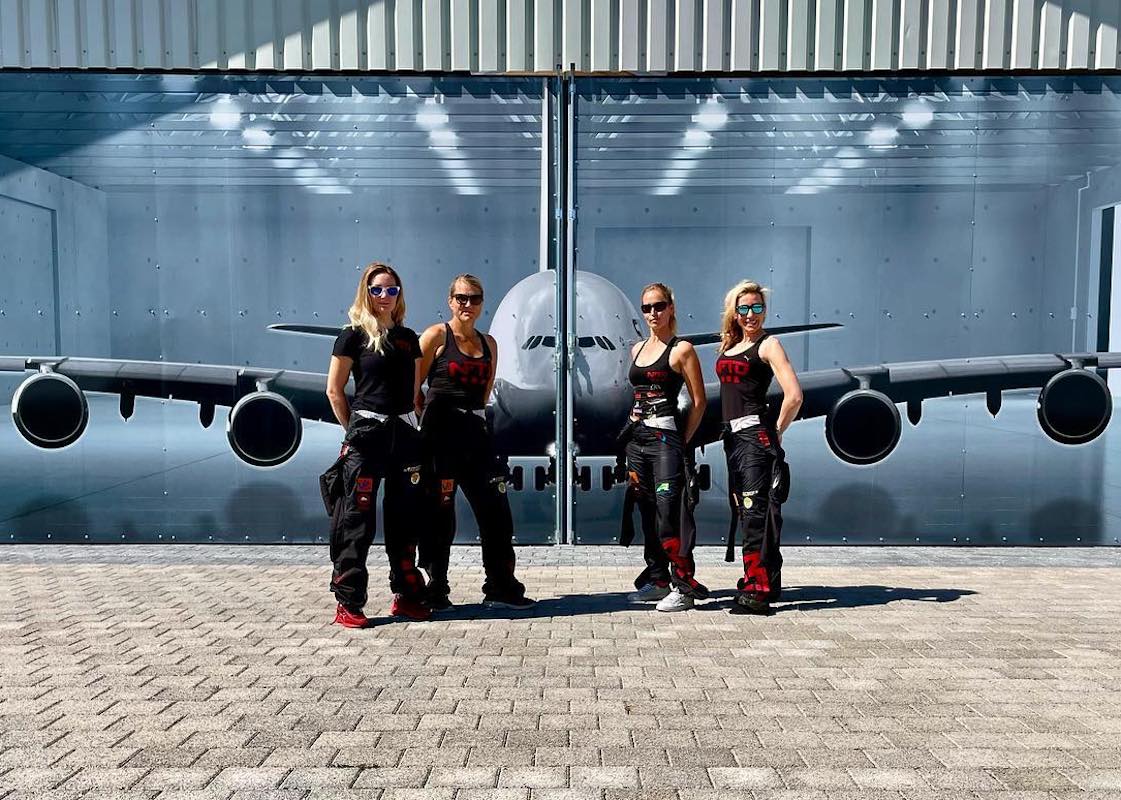
Diving headfirst out of a plane at tens of thousands of feet above the Earth is perhaps the most unnatural, adrenaline-inducing situation a human being could be in — over millions of years of evolution, we have yet to develop a trait that reassures us that plummeting to the ground at terminal velocity is anything other than a death sentence.
But for the women of the wonderfully named NFTO (“Not For The Ordinary”) formation skydive team, it’s become something akin to a leisurely group jog in the park; a routine way to spend your free time, improving your craft and strengthening your bond with likeminded people.
NFTO, founded in 2015, is currently the British Female Formation Skydive team, and stamped its name on the sport following stellar seasons in 2018 and 2019, securing a silver finish at the 2019 Skydiving World Cup and gold at the 2018 Indoor World Cup. And after picking up gold medals at the 2021 British National Champions in both the Open and Female categories, the team has their eyes firmly set on the World Parachuting Championships, held in Arizona in October. The team is also on the lookout for a sponsor for this event; impressively, this uniquely talented team — competing in a uniquely expensive sport — is almost entirely self-funded.
But can they pull off the ultimate set of dives and bring home another gold? And what would they say to women looking to enter the world of this unique, hair-raising sport? We sat down with team members Anna Hicks, Vana Parker, Sian Stokes and Catherine Curtis to find out more:
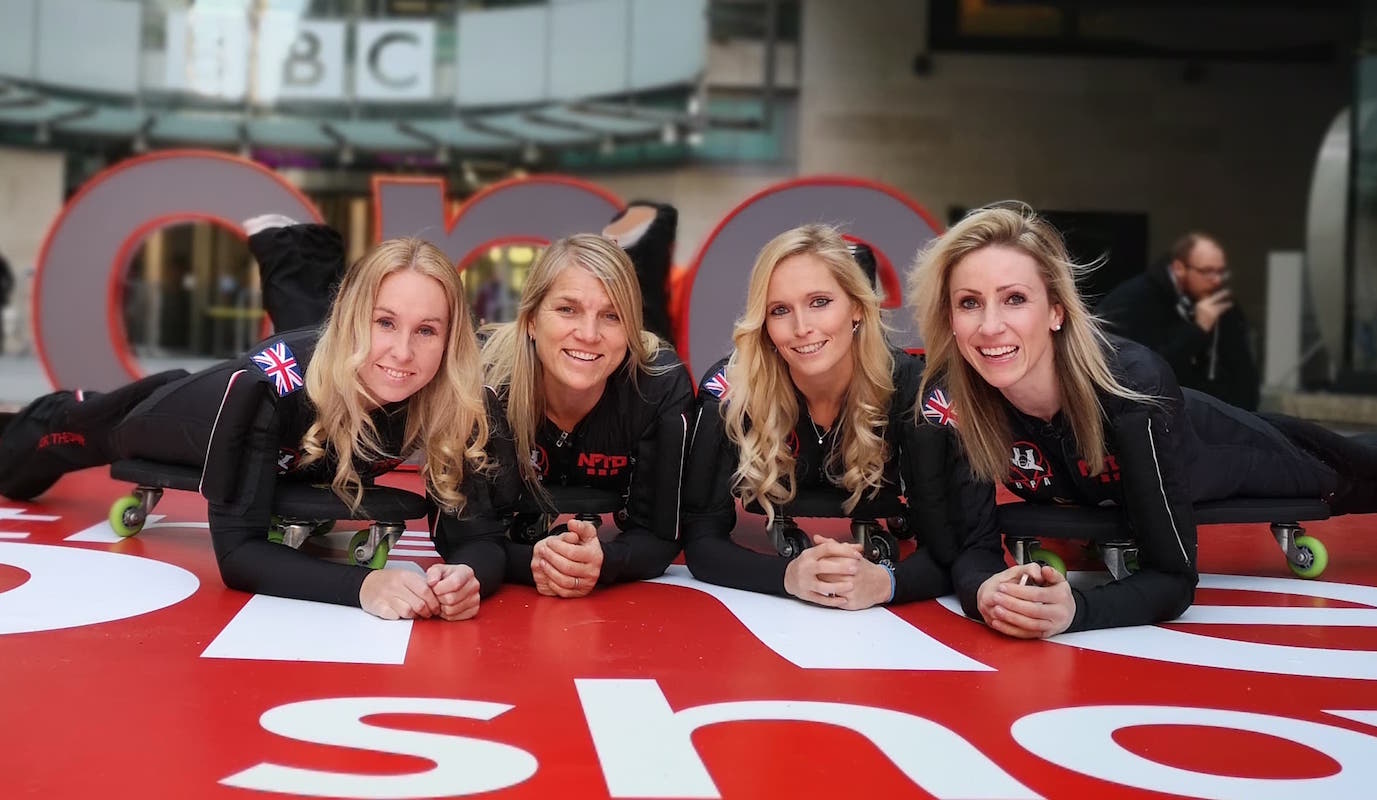
How would you explain your sport to an outsider? What are you judged on when skydiving?
Sian: We’re a five-person skydiving team — us four and a videographer who jumps with us — and during competitions we are given predetermined shapes to perform. Some of these are stationary shapes while others are block moves [multiple shapes performed consecutively], and we have to make these shapes in the sky and perform them as quickly and tightly as possible. These could be rotations or holding onto each other in certain ways.
Anna: A lot of people don’t know this but competitive skydiving is actually a racing sport. We don’t get points for style or looking pretty; it’s not an artistic event like gymnastics.
Sian: Yes a clock starts the second we leave the aircraft and we are given 35 seconds to perform the set routine, so the race is on! We all partake in ten rounds of these 35 second sprints, doing as many formations as possible, and we are ranked on the aggregate score of all of our jumps.
Vana: We have to build each of these formations perfectly, and there are very specific ways of doing it, so it is based on accuracy too.
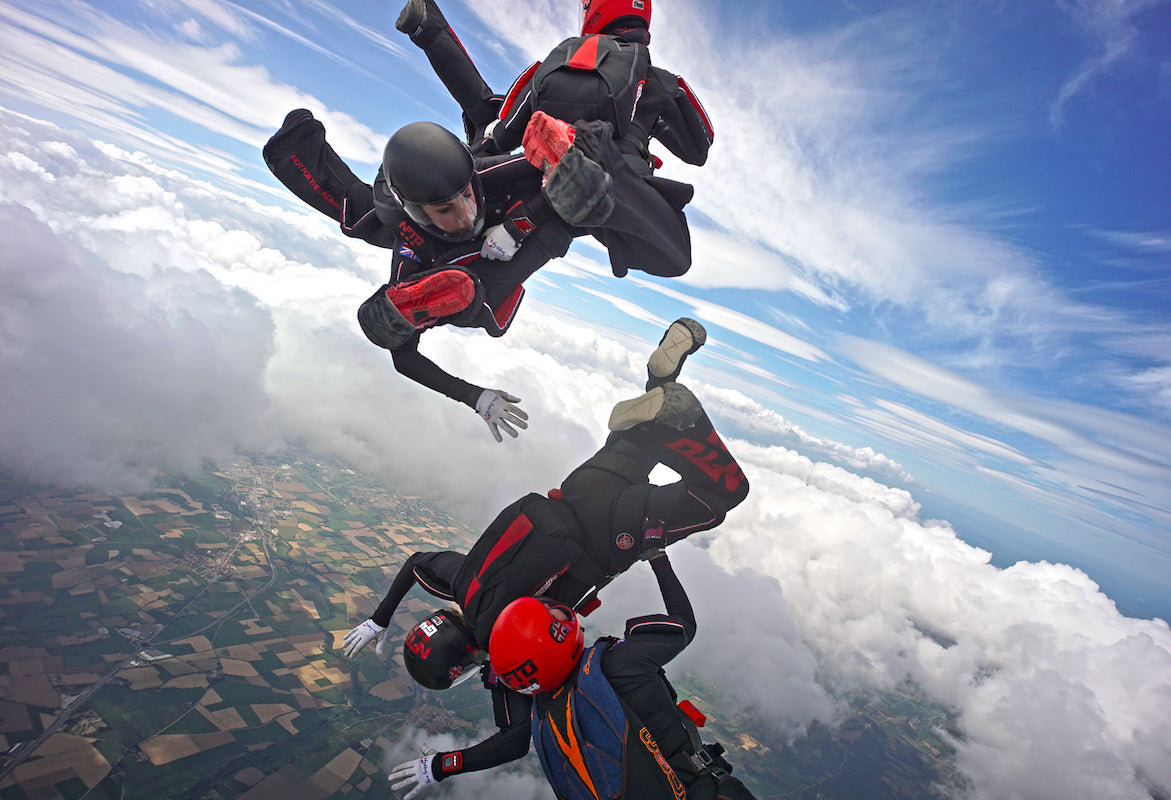
Tell us more about the World Championships coming up in October.
Sian: They’re the World Championship for outdoor skydiving; they happen every two years, with each nation choosing one team for each discipline. We’re the top British team overall but as we’re women we’ve decided to compete in the Female category as it’s more competitive for us.
What are you most looking forward to about it?
Anna: Getting there. We've faced some huge challenges in the past few seasons and so to make it to the world championships will be a great achievement. That aside, the thrill of competition, thriving under pressure, and the comradery of international competition are all wonderful.
Sian: We want to win! That’s the goal — to be world champions at last. Last time the UK were world champions was 2008, and it’s been mostly the French winning since then, although the current world champions are Russia and… they’re not allowed to compete this year which makes things interesting.
And it doesn’t stop there — we hope to continue to the indoor (wind tunnel) National Championships in December at iFly Basingstoke, and then indoor World Championships in Slovakia in 2023.
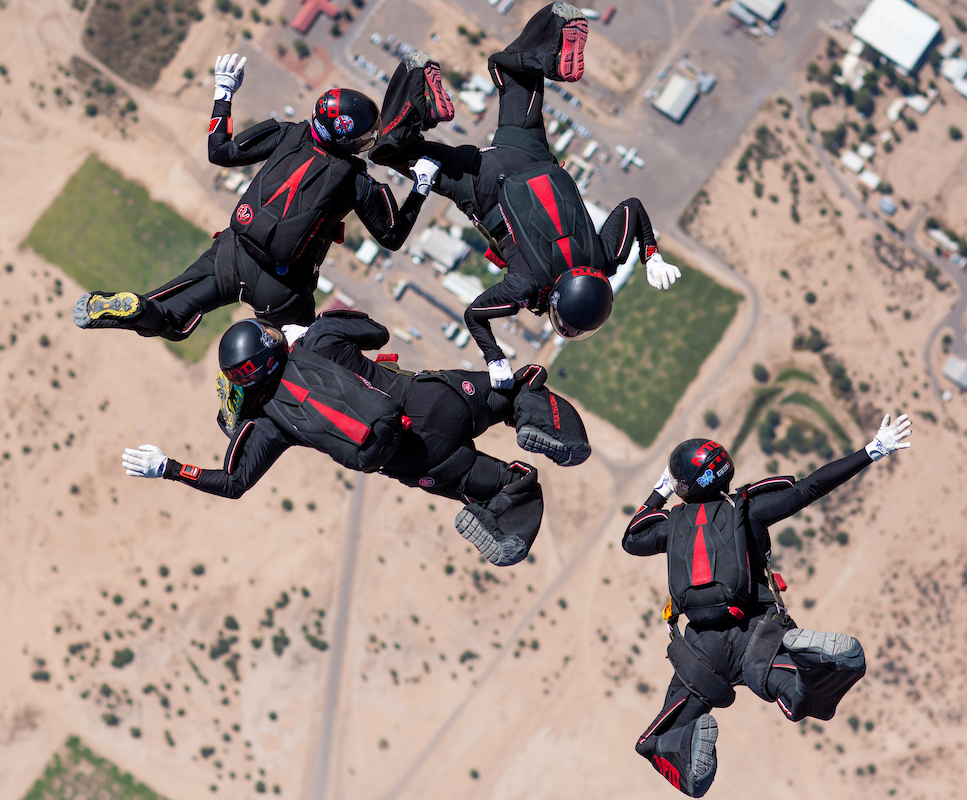
What would you say to women looking to enter the sport like you? Or those of any gender who might be too afraid to take the plunge?
Catherine: In terms of women: go for it! There are more and more women in the sport every year, and we are at the top of many mixed gender podiums, with a lot of female instructors, so they should just take the leap! There are also plenty of female focused events to encourage female participation and development.
Vana: For those just generally not sure how to get their start in skydiving or are too worried about doing it, a great way is trying the wind tunnel – iFly have 4 tunnels in the UK at the moment and a 5th is opening soon at the O2 in London – or trying a tandem in the first instance. Or otherwise a cheaper way to experience it can be by learning via static line progression [a technique where the jumper is gradually taken higher with each flight, with a longer period of time in freefall each jump].
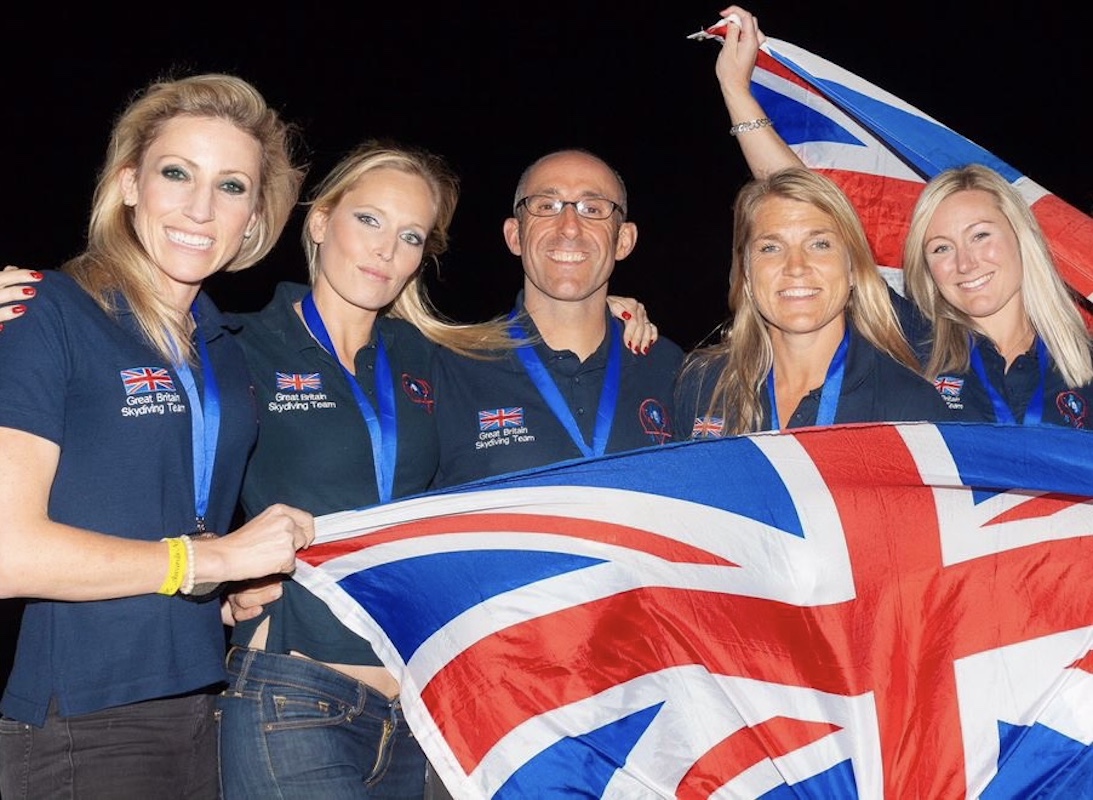
What is the most unique experience you have had in this sport?
Sian: Jumping in to the ocean of the Belize Blue hole, 50 miles out to sea, followed by scuba diving and swimming with sharks.
Catherine: Koala spotting on the way to the emplaning point at the 2018 World Championships on the Gold Coast of Australia, and spotting the blue whales while training over Byron Bay before that competition.
Anna: Working on Mission Impossible 6 with Sian in Abu Dhabi; looking after Tom Cruise every day for six weeks while jumping out of C17 Military aircraft!
Vana: Doing 100 jumps in one day in South Africa in 2003 for charity, and my husband was flying the aircraft.







